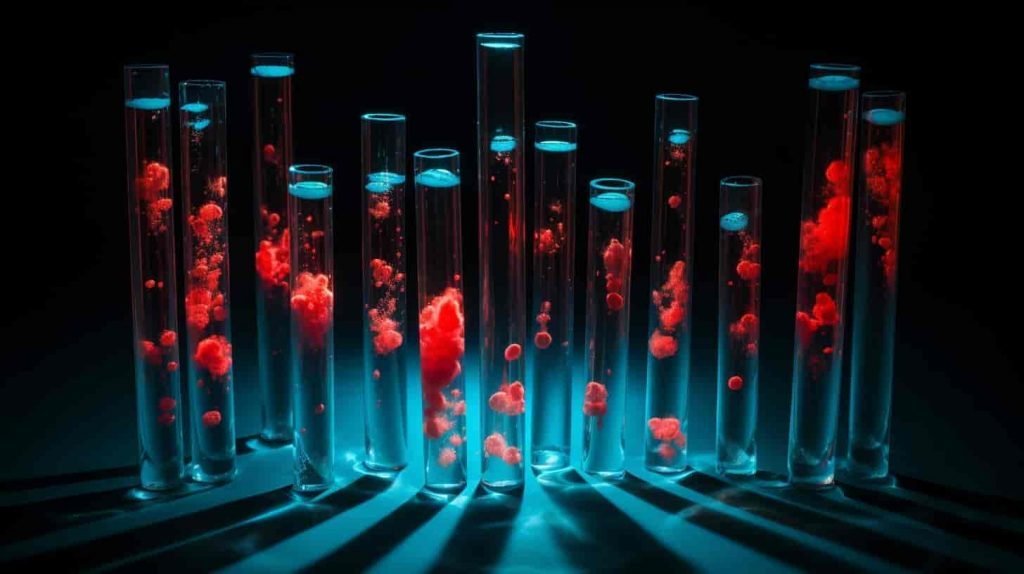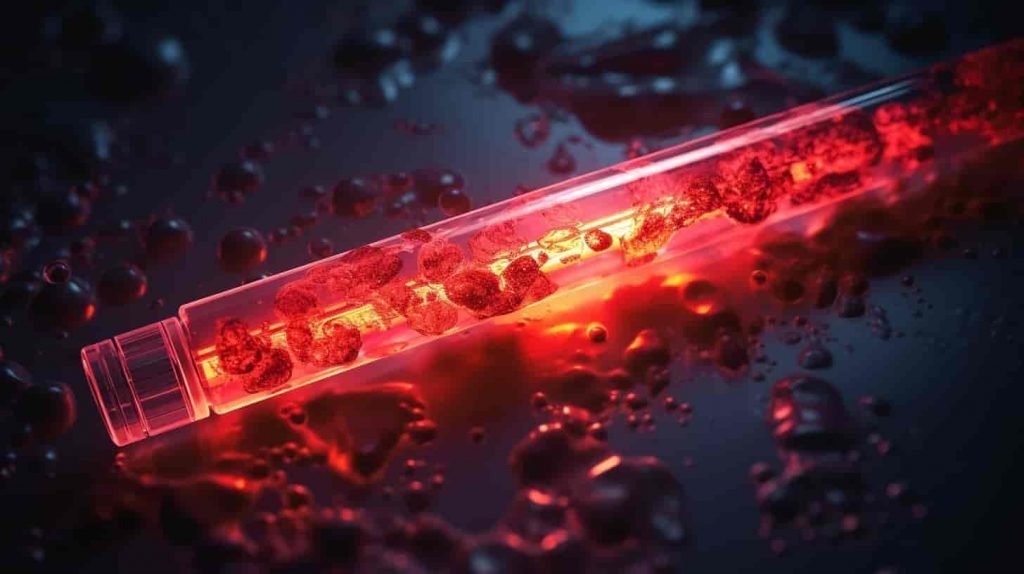Diving into the vast sea of hair loss treatments, have you ever stumbled upon the debate: PRP vs. PRF? Ah, the age-old contest! A tidbit might interest you: "PRP Is Superior to PRF for Hair Loss." But wait, let's unpack that, shall we?
While PRP and PRF treatments are like distant cousins, using the patient's blood, PRP takes the cake with its higher platelet concentration, potentially giving it an edge in the hair growth cheering squad.
Picture this: With PRP, it's a straightforward dance – a small blood draw, a whirl in a centrifuge, and voila! You get plasma that's more platelet-rich than a gold mine. These platelets? Think of them as the little wizards, casting spells of growth factors that tickle your hair follicles, pushing them to party harder and sprout fresher.
Conversely, PRF's groove involves spinning whole blood to whip up a gel-like potion brimming with plasma and fibrin. This fibrin acts as a scaffold, a stage, setting the scene for new cell structures, including those hair rockstars. But here's the catch: while PRF's gig sounds cool, its encore performance isn't as well-reviewed as PRP's in the scientific concert hall.
So, in the concert of hair treatments, which ticket would you buy? Both have their setlists, with differences tuning into platelet concentration and the whole fibrin scaffold gig. If you're hunting for a chart-topper with a history of hair-raising hits, PRP might be your jam! 🎸🎶
Table of Contents

Mechanism of PRP and PRF in Hair Regrowth
You're probably wondering how these therapies work to promote regrowth, right? Let's start with PRP, a treatment that offers multiple advantages.
The main actors here are the platelets and growth factors in PRP. When injected into your scalp, they stimulate hair follicles, leading to new hair growth.
PRF works slightly differently. Instead of focusing on just platelets, it includes fibrin, which creates a scaffold for new cell growth. This results in regrowth at the level of individual hairs and across larger areas of the scalp.
You might ask why PRP is often superior to PRF for hair loss treatment. It boils down to higher platelet concentration in PRP than in PRF, which makes it potentially more effective at stimulating hair growth.
However, this doesn't mean you should completely rule out PRF as an option. It could be beneficial if you're seeking more widespread regeneration because it supports new cell growth.
Overall, understanding these therapies can help steer your decision when considering treatments for hair loss. Remember, though, always consult with a healthcare provider before embarking on any form of therapy.
Comparing the Efficacy of PRP and PRF
It's crucial to compare the effectiveness of these two therapies, keeping in mind that one might work better for you than the other. The efficacy comparison between PRP and PRF is vital in deciding which treatment could benefit your hair loss.
In this effectiveness analysis, it's important to note that both treatments have shown encouraging results. However, when comparing effectiveness, evidence leans towards PRP being superior in stimulating hair growth. This is due to its higher concentration of platelets - key elements known for their regenerative properties.
So you may ask: 'PRP vs. PRF effectiveness? Which is more effective?' Although both therapies can deliver potential benefits, current research indicates that PRP generally delivers more noticeable hair density and thickness improvements. Yet, remember, everyone's response varies.

Making the Right Choice: PRP or PRF
Deciding between these options can be difficult, but you must consider your needs and consult a qualified healthcare provider for guidance. When personalizing your hair loss treatment, there are key factors to consider.
- Effectiveness: Studies suggest PRP is more effective at stimulating hair regrowth than PRF.
- Procedure: While both treatments involve drawing blood, the preparation differs; PRP focuses on platelets, while PRF includes fibrin.
- Results Duration: PRP results may last longer due to their high concentration of platelets.
- Cost: Both treatments are priced, but considering effectiveness and longevity, PRP might offer more value.
Exploring each option's pros and cons helps you decide the best treatment. Whether it's the proven effectiveness of PRP or the potential benefits of fibrin in PRF, remember that deciding between 'PRP vs PRF: Choosing the best treatment option' should always involve professional guidance based on your unique circumstances and goals for hair regrowth.

Reviewing Clinical Studies on PRP and PRF
Let's delve into the clinical studies surrounding these two treatment options for thinning scalps.
When considering long-term effects, PRP has been shown to sustain hair growth for up to a year in some patients, whereas less is known about PRF's durability over time.
In terms of patient satisfaction, both treatments have been positively received. However, according to multiple studies, PRP offers superior hair density and thickness results. Both treatments have minimal side effects: mild discomfort or bruising may occur but typically resolves quickly.
A cost comparison reveals that while both treatments involve similar processes, PRP often requires fewer sessions due to its higher platelet concentration, which might make it more cost-effective over time.
Expert recommendations lean towards PRP due to its proven track record and extensive research supporting its use. While promising, PRF still lacks the depth of evidence needed for experts to fully endorse it as the superior option.
Remember, each case is unique, so consultation with a healthcare provider is crucial before deciding.
Frequently Asked Questions
What Are the Potential Side Effects of PRP and PRF Treatments for Hair Loss?
You might experience mild discomfort, swelling, or redness post-PRP or PRF treatments. These side effects aren't severe and you recover quickly. Effects on your scalp depend on treatment duration and hair loss's underlying causes.
How Long Does It Generally Take to See Results From PRP and PRF Hair Loss Treatments?
You'll typically see results from PRP and PRF hair loss treatments after three to four months. Treatment frequency, patient testimonials, and aftercare requirements can affect longevity. Always compare PRP vs PRF before deciding.
Can PRP and PRF Treatments Be Used in Conjunction With Other Hair Loss Treatments?
You can combine PRP and PRF treatments with other hair loss solutions. It's crucial to consult your doctor about treatment frequency, compatibility with medications, and expected hair growth rate from these combinations.
Are There Any Specific Conditions or Factors That Might Make a Person a Better Candidate for PRP Over PRF or Vice Versa?
Given its proven effectiveness, you're an ideal candidate for PRP if you desire rapid hair growth. However, PRF's suitability shines when you need comprehensive follicle support. Always consult a professional when choosing treatments.
References:
PRP vs. PRF: Which is Better for Hair Loss?
Links:
RU58841 for Hair Loss: A Comprehensive Guide to the Promising Hair Growth Solution

